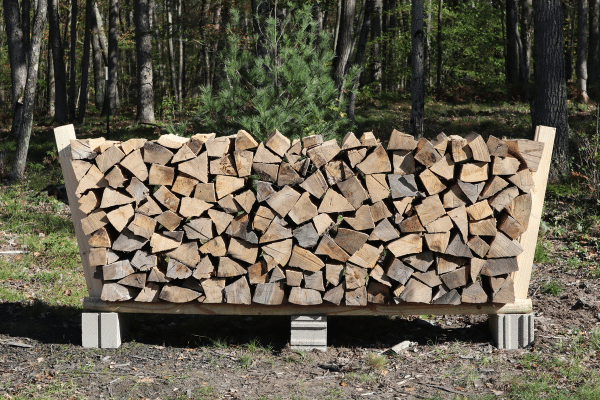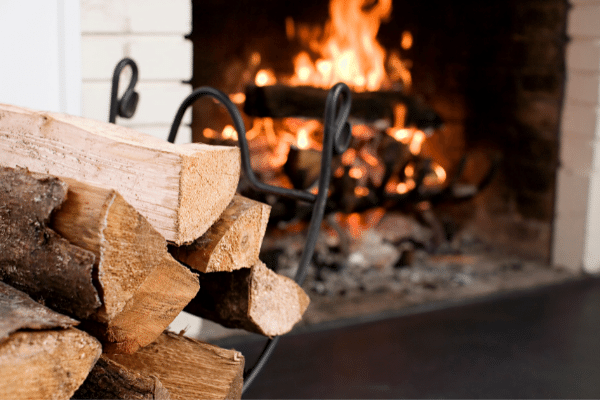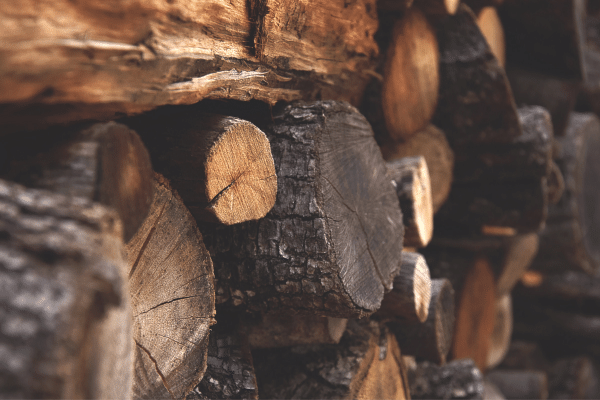- Home
- Types Of Firewood
- Is Kentucky Coffee Tree Good Firewood
Is Kentucky Coffee Tree Good Firewood?
This post may contain affiliate links so I earn a commission.
Is Kentucky coffee tree good firewood or should you focus your time on other more popular types of firewood like ash or maple?
For people who heat their homes with wood or those who love to spend their time in the woods, having access to good firewood is essential.
However, as anyone with a wood burning stove knows, not all types of wood are created equal.
From the heat output to the smoke output to the ease of splitting, some trees are just better suited for burning than others.
But what about the Kentucky coffee tree?
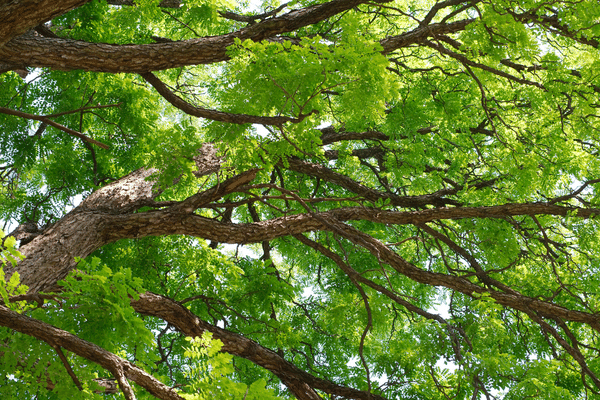
Is it a good firewood choice?
Let’s find out the pros and cons of burning this wood to heat your home.
What Is The Kentucky Coffee Tree?
The Kentucky coffee tree is a large deciduous tree that is native to the Midwest and eastern United States.
It can grow up to 100 feet tall and has a distinctive appearance, with large, compound leaves and rough, textured bark.
The tree gets its name from the fact that early settlers used its roasted seeds as a coffee substitute.
The coffee it produced, however, has been described as “bitter and pungent.”
Not only that, but the seeds and pods contain alkaloid cytosine that can be poisonous.
It must be roasted just right to reduce the levels of poisons to make it safe to drink.
With a Starbucks around every corner and a Keurig on every kitchen counter today, making coffee with the Kentucky coffee tree is not worth the risk.
Thankfully today, the tree is mostly valued for its ornamental qualities and as a source of shade.
It is also used in furniture and cabinet making, as well as for fence posts.
The Kentucky coffee tree is not a very common tree, and it is not one that you see typically sold by commercial firewood sellers.
The Hallmarks Of Good Firewood
Before we can answer the question, is Kentucky coffee tree is good firewood, we need to understand what qualities make for good firewood in the first place.
A wood that is ideal for burning is one that puts out a hot, steady, long-lasting heat, produces a bed of hot coals, has a low creosote content, is not excessively smoky, burns with a pleasant odor, and is not prone to snapping and sparking.
Let’s see how the Kentucky coffee tree stacks up.
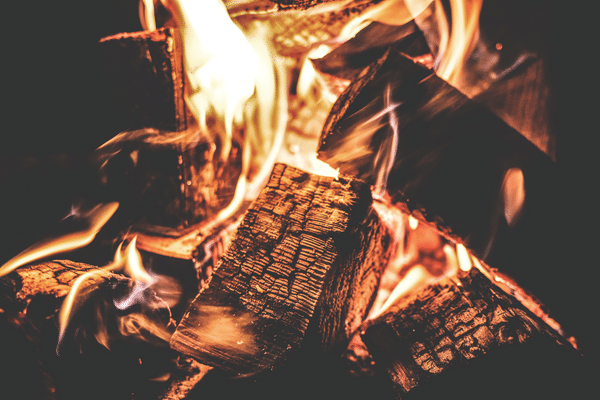
BTU Output Of Kentucky Coffee Tree
BTU stands for British Thermal Unit, which is a unit of measurement for energy.
Specifically, it measures the amount of heat required to raise the temperature of one pound of water by one degree Fahrenheit.
In the context of firewood, it measures the amount of heat that is released when the wood is burned.
When you're choosing firewood, you want to select wood that has a high BTU rating.
This is because wood with a higher BTU rating will burn hotter and longer than wood with a lower BTU rating.
This means that you'll need to use less wood overall to achieve the same amount of warmth, making it more efficient and cost-effective.
Oak, hickory, maple, and ash are among the more common firewood with high BTU ratings, ranging from 24 to 26.5 million BTUs per cord.
Kentucky coffee tree has a BTU rating of 21.6.
While not as high as oak or hickory, the Kentucky coffee tree’s heat output is higher than many other firewood, such as aspen, sycamore, and Ohio buckeye.
In fact, the Kentucky coffee tree is on a par with Rocky Mountain juniper, yellow birch, and hackberry.
Coal Production
Is Kentucky coffee tree good firewood to burn overnight, leaving a hot bed of coals in the morning?
Yes!
Firewood that can produce a good bed of coals will extend the heat output, keeping your home warmer longer without you having to get up in the middle of the night to stoke the fire.
The coal production of the Kentucky coffee tree, while not as great as that of oak, walnut, or Osage orange, is nonetheless considered good.
Think of it as solidly in the middle on the list of firewood species ranked by coal production.
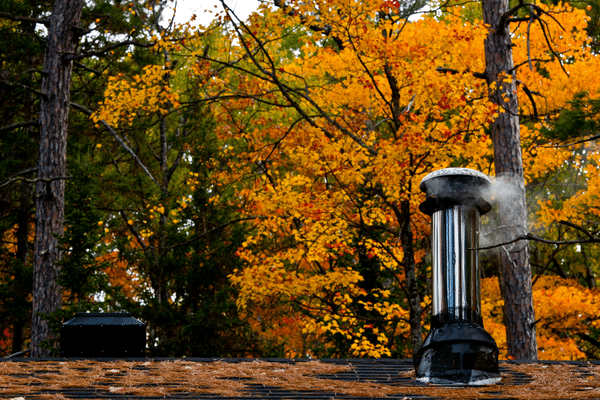
Does Kentucky Coffee Tree Smoke A Lot?
The Kentucky coffee tree is not a particularly smoky firewood.
In fact, it has a fairly low level of smoke output.
Of course, the wood should be dry and properly seasoned before you burn it, or the wood will smoke more.
If you heat your home with an open fireplace or if you have a family member who is sensitive to smoke, the Kentucky coffee tree is a good firewood to use.
Sparking and Popping
Kentucky coffee tree is considered a clean burning firewood, in part because it does not snap, pop, and spark when it is burned, like other firewood will do.
The tree has a naturally low sap content.
When completely seasoned, the sap dries out so it won’t make a dramatic appearance when you toss a piece of wood into your fireplace.
Firewood like the Kentucky coffee tree with a low sparking tendency is much safer to use, especially if you heat with an open fireplace.
An errant spark can land on your carpeting, causing a fire.
Kentucky coffee tree firewood is also good to use as a campfire or a backyard bonfire because of its low sparking trait.
An unexpected spark could burn a person or start a wildfire.
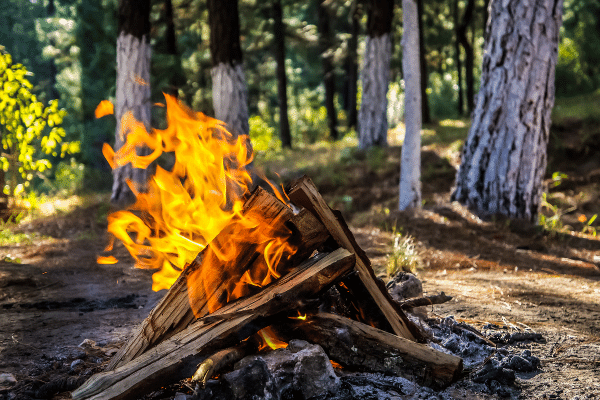
Smell
Most people who burn Kentucky coffee tree firewood report that it gives off a mild, pleasant aroma that is slightly sweet.
It has been compared to honey locust firewood.
If the wood is wet or still green, however, the smell will be stronger and not as pleasing....another good reason to thoroughly season your firewood before burning it.
Does Kentucky Coffee Tree Produce Creosote?
Thanks to its low sap content, well-seasoned Kentucky coffee tree firewood produces very little creosote when burned.
For those who heat their homes with wood, it is essential to understand the potential dangers of creosote buildup in their chimneys.
Creosote is a highly flammable, black, tar-like substance that can accumulate inside your chimney over time, which can lead to chimney fires.
Aside from the risk of fire, creosote buildup can also lead to reduced airflow, which can cause smoke and carbon monoxide to back up into your home.
This can be dangerous, especially if you have a poorly ventilated home or if someone in your household has respiratory issues.
In addition to regularly cleaning and inspecting your chimney, you should also seek out firewood with a low creosote content, like the Kentucky coffee tree.
Is Kentucky Coffee Tree Good Firewood To Split?
Kentucky coffee tree wood is generally easy to split.
The grain is fairly straight, and the wood is not stringy.
When it is completely seasoned, Kentucky coffee tree wood turns really hard.
It requires some muscle and a sharp splitting maul to split it.
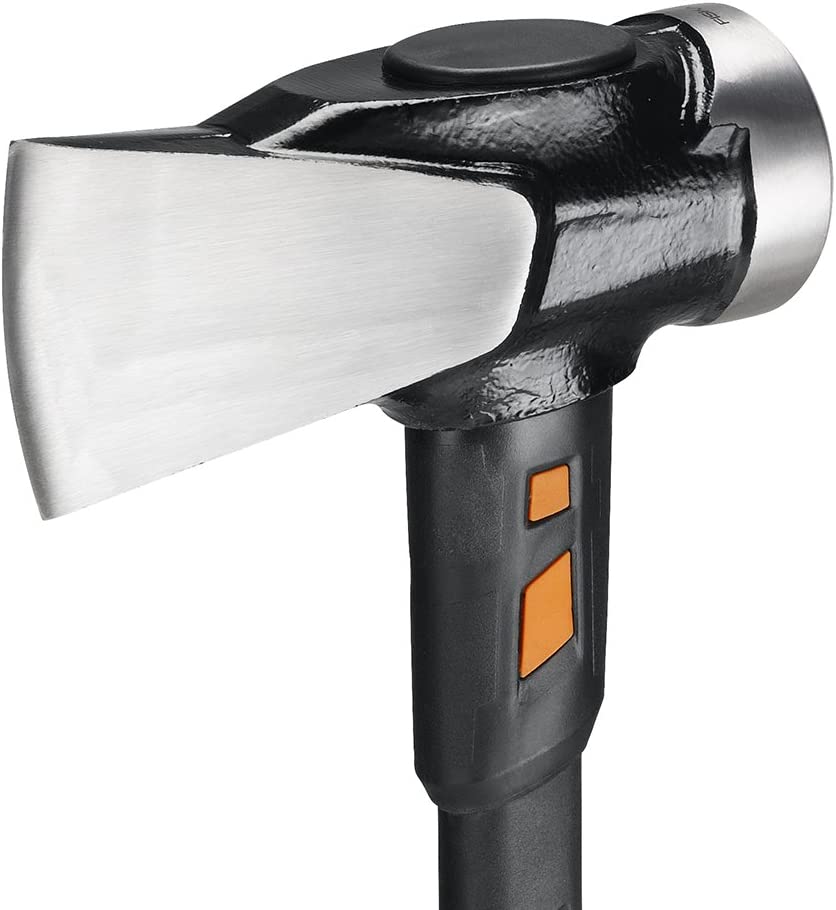
Fiskars IsoCore Splitting Maul
If you split and
stack the wood while it is still green, it will not only split easier, but it
will season quicker, so it is worth the up-front effort.
If you live in a hot and dry region, you can expect your Kentucky coffee tree firewood to be thoroughly seasoned in about 12 months.
Add another six to 12 months to that if you live in a cool, damp climate.
To help your firewood season faster, stack it on a pallet and make sure there are plenty of gaps between the pieces of wood.
This will allow airflow through your wood stack.
Store the wood is a spot where it is sheltered from the rain, yet where the sun and wind will hit it.
Consider covering the wood pile with a tarp in heavy rains.
Lastly, invest in a moisture reader that you can use to gauge the moisture content of your firewood more accurately.
Is Kentucky Coffee Tree Good Firewood - Overall
So, is Kentucky coffee tree good firewood?
The answer is that it depends.
While the wood does have a high energy content, low creosote content, and is relatively easy to split, its long seasoning time and low availability can be an issue for some people.
If you do happen to have access to Kentucky coffee tree wood and are willing to put in the effort to properly season it, Kentucky coffee wood can be a decent option for your firewood needs.
